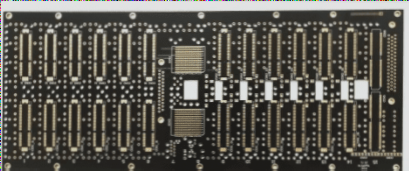FPC connectors, or flexible printed circuit board connectors, are known for their flexibility and foldability, making them ideal for connecting in tight spaces with strong resistance to vibration and fracture. They are made of conductive metal film materials and consist of wires, protective layers, and connector seats. FPC connectors offer several advantages, including flexibility, electromagnetic shielding performance, high transmission rates, and low insertion and removal forces, making them widely used in high-speed transmission and frequent connection scenarios, especially in mobile communication devices. Their structure includes a rubber core, tongue, terminals, and welding pads, each serving specific functions. FPC connectors can be classified into different types based on structural characteristics, connection methods, PCB matching methods, insertion force, and the direction of the frame opening. They have good electrical performance, reducing signal interference and distortion during transmission, and can connect signal transmission between different electronic device boards.



